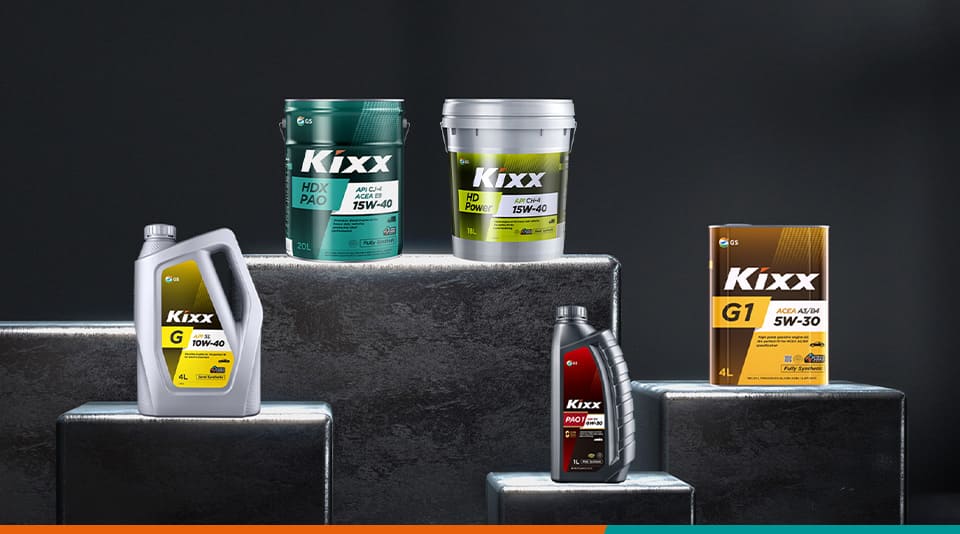
What’s the difference between mineral engine oil and synthetic engine oil, and which one is right for you? It’s a question many car owners have likely considered before. With so many arguments for either option, it can get to be very confusing. The best way to decide is to learn the differences yourself and weigh the pros and cons of the two engine oil types. Let’s find out what make synthetic and mineral engine oil different.
Baseless Misconception of Mineral Oils
Many people think that the difference between synthetic engine oils and mineral engine oils is the existence or absence of additives. However, both synthetic and mineral engine oils are composed of 80-90% base oil with performance boosting additives for anti-wear, anti-oxidation and anti-friction.
What then is the basis for classifying synthetic and mineral engine oils? The answer is related to which oil was used to create it. If mineral oil refined from the crude oil is used as the base oil, it’s classified as a mineral oil. If, however, synthetic oil made artificially from chemical synthesis is used as the base oil, it’s classified as synthetic engine oil. As such, how the base oil was created, not the amount of additives added, determines whether an engine oil is considered mineral or synthetic.
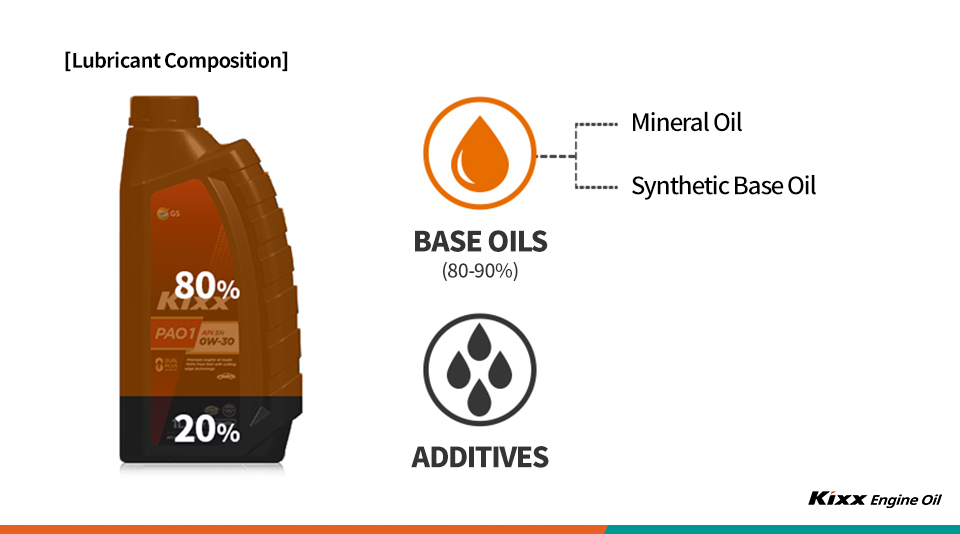
Is a high-quality engine oil always good?
As 80-90% of engine oil is base oil, the quality of engine oils varies greatly depending on the characteristics of the base oil. For this reason, many drivers believe that to protect the car’s engine and withstand the most extreme conditions, it’s better to choose a more advanced synthetic product. Although, it‘s true that synthetic engine oils do have many advantages over mineral engine oils, mineral engine oils, in turn, also have their specific benefits. Let’s compare the two engine oils and find out what.
Mineral Oils From A to Z
The Makings of Mineral Oils
Mineral oils are the lubricating base oil produced by refining heavy crude oil, produced as a secondary product in the process of refining crude oil into petroleum products such as petrol and diesel.
The main components of mineral oils are paraffinic oil, naphthenic oil and aromatic oil. Paraffinic oil can be used as a base for a lubricant because its chemical structure contains lubricity and is chemically stable like paraffin used for making candles.
Naphthenic and aromatic oil have a double covalent bond which allows them to have good solubility. However, their chemically unstable nature as well as their reaction to heat, means naphthenic and aromatic oils can easily oxidize. As a result, fewer products using those oils remain in production.
Engine Oils Made From Mineral Oil
Engine oil made from mineral oil is first refined to remove impurities. Only after refinement can the oil then perform the most basic of engine oil needs – lubrication. However, having been refined from a crude oil, one of the disadvantages of mineral oil is that it’s very difficult to completely remove sulfur impurities.
Also, compared to synthetic oils, mineral oil is more chemically unstable, its viscosity at high temperatures is low and it more easily carbonizes introducing sludge. As such, mineral oil-based engine oils, though cheaper to manufacture and purchase, need to be changed more frequently.
Synthetic Oil A to Z
Designed for Performance
Synthetic oil, as the name implies, is a synthetic base oil artificially created in laboratories to optimize lubricity while addressing the chemical and thermal instability characteristic of mineral oil. The base oils used in in many synthetic engine oils today contain paraffinic and olefinic oils as the main components and are designed with little or no naphthenic and aromatic oils.

As such, synthetic oil is chemically very stable with a more consistent viscosity level at high temperatures and minimal sludge creation. This means synthetic oils require fewer changes while provider better engine protection. Synthetic oil, however, has a more costly manufacturing process and requires additional additives to counteract its poor solubility.
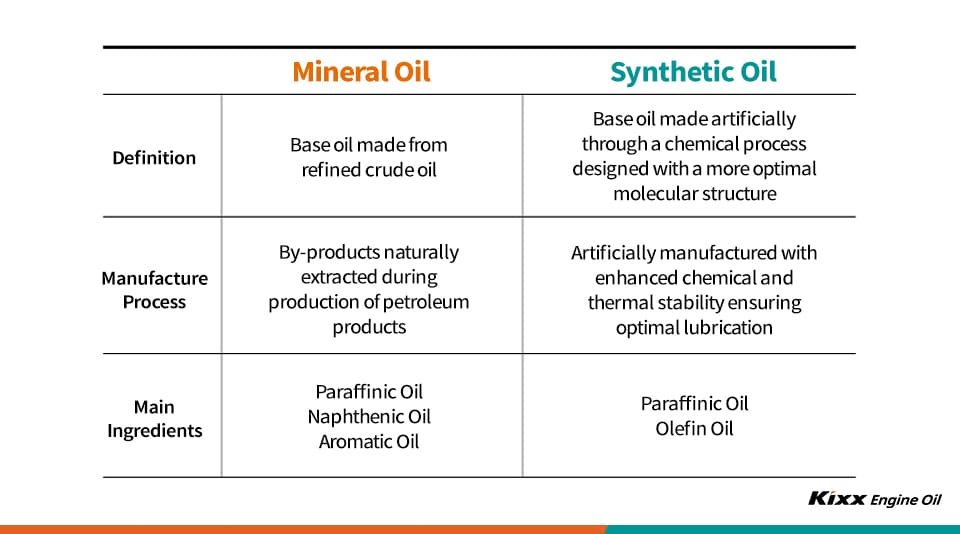
Mineral Engine Oil: Cheap Manufacturing That Comes at a Cost
Mineral oil lacks chemical and thermal stability which results in decreased viscosity after driving for long distances and long periods of time. Overuse of mineral engine oil can introduce sludge and impurities from the thermal oxidation reaction. Ultimately, can lead to lower fuel economy and louder, more unstable engine performance.
The advantage of mineral oil is that it’s relatively cheaper than synthetic engine oil, but it requires more frequent oil changes. Recently produced oils, however, have overcome many disadvantages of mineral oil through the refined technology and the difference gap between mineral and synthetic engine oil is getting narrower.
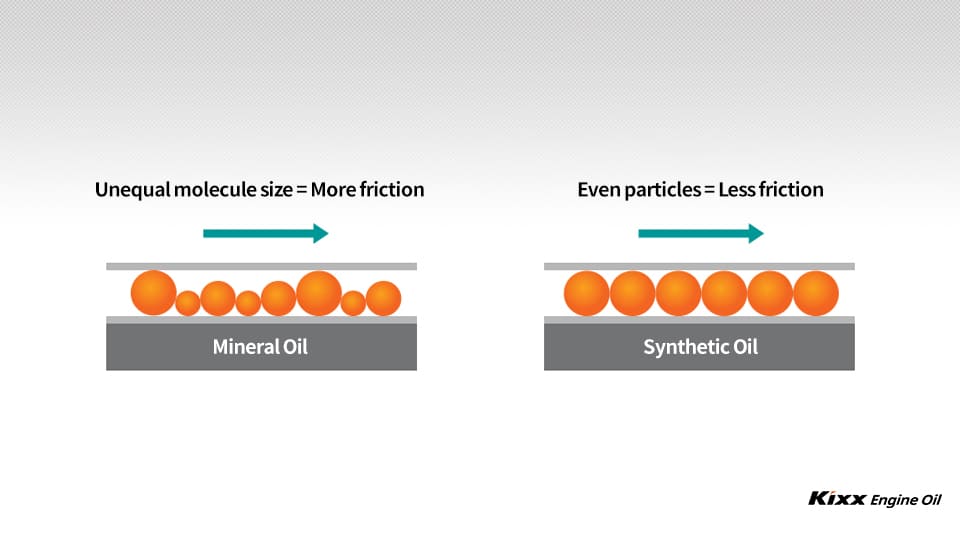
Synthetic Engine Oil: More Expensive, but Longer Performing
Synthetic engine oil has excellent chemical and thermal stability, meaning better thermal performance even when driving long distances or for long periods of time. This improves driving performance as well as engine life. Another benefit of synthetic engine oil is its longer performance resulting in less frequent oil changes.
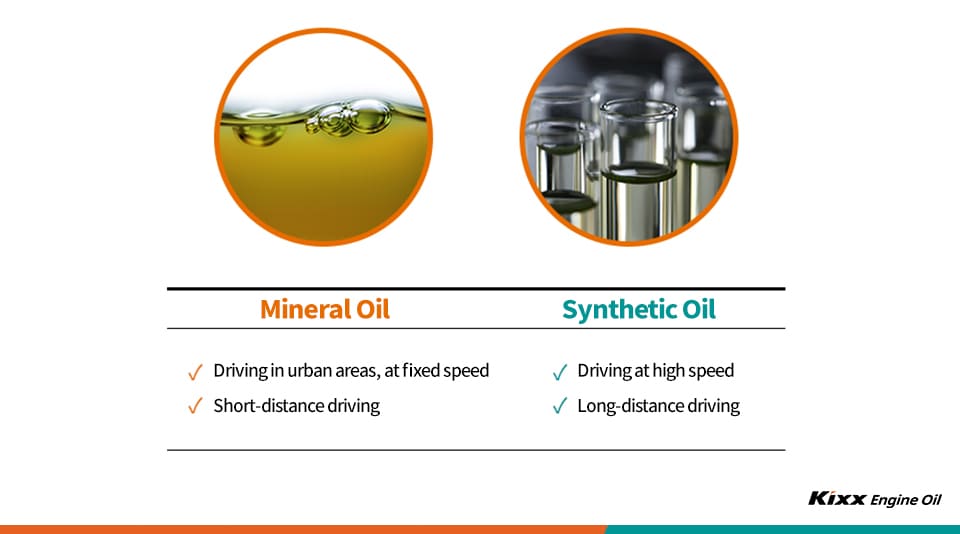
Performance or Cost?
Mineral engine oil is less expensive but requires more frequent oil changes, while synthetic engine oil lasts longer but is more expensive. Which one do you prefer? There’s one more thing to consider, opportunity cost. Don’t forget, changing engine oil also requires time and labor.
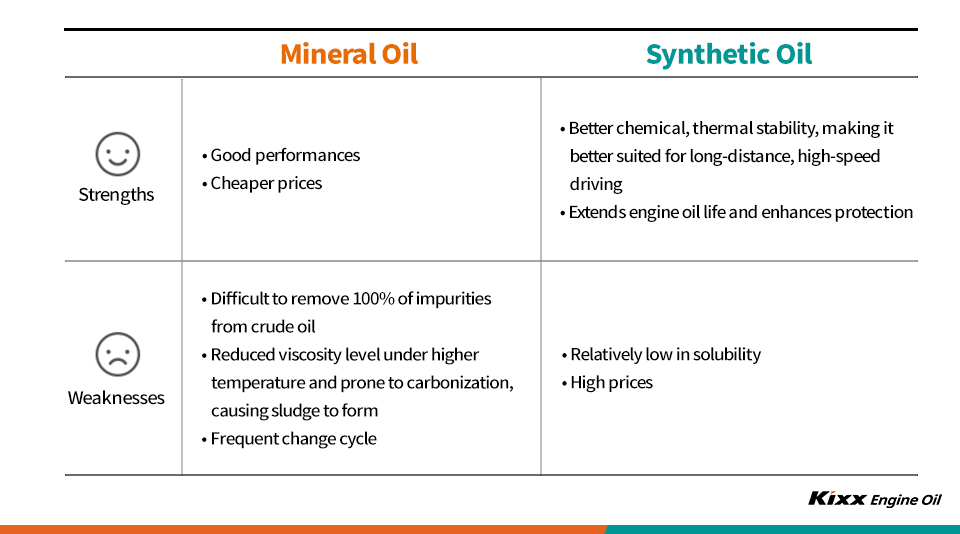
Recommended Products
Recommended Products
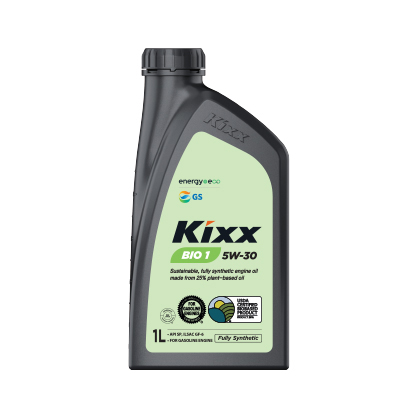

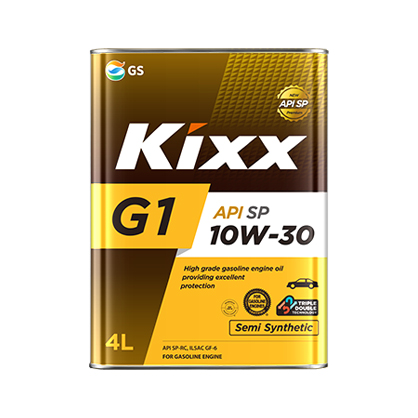
News | Stories | Tips & Info | About Us | Product Finder
GS Caltex Address:
GS Tower 508, Nonhyeon-ro, Gangnam-gu, Seoul, Republic of Korea
Copyright © 2024 GS Caltex Corporation. All rights Reserved


